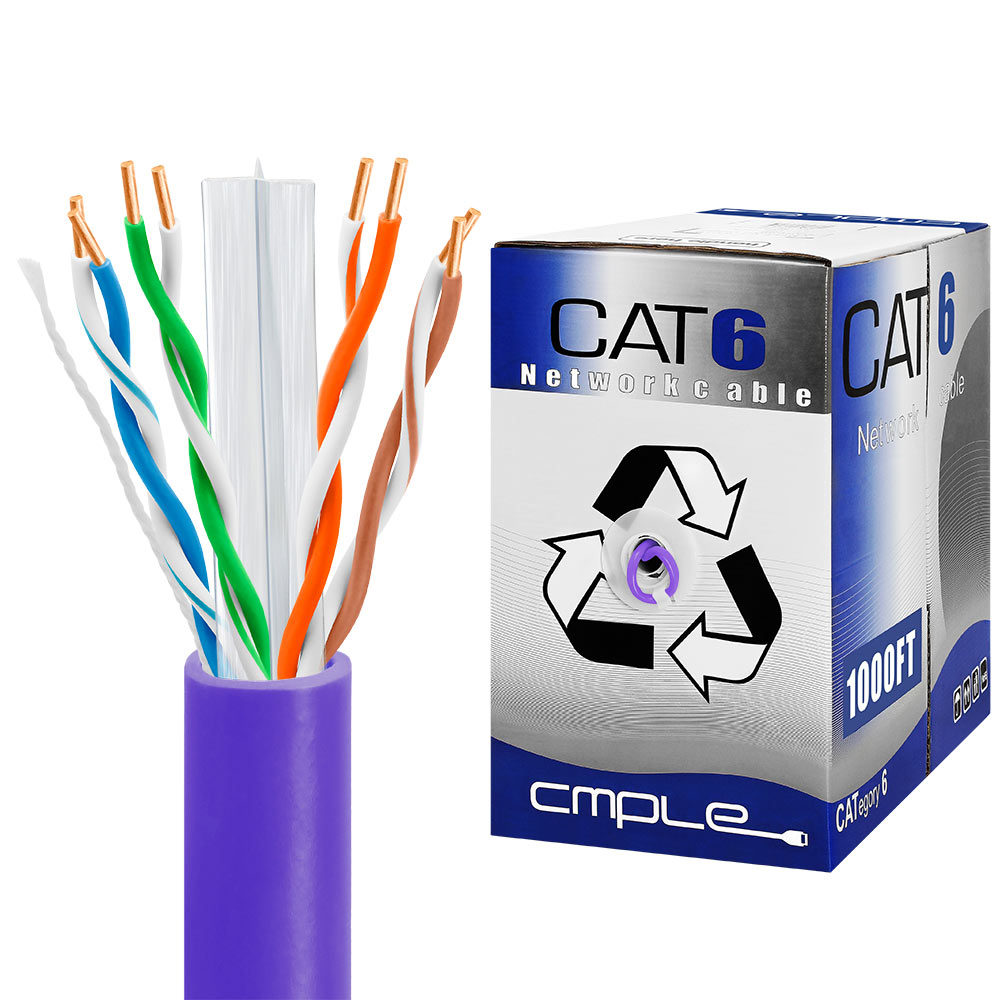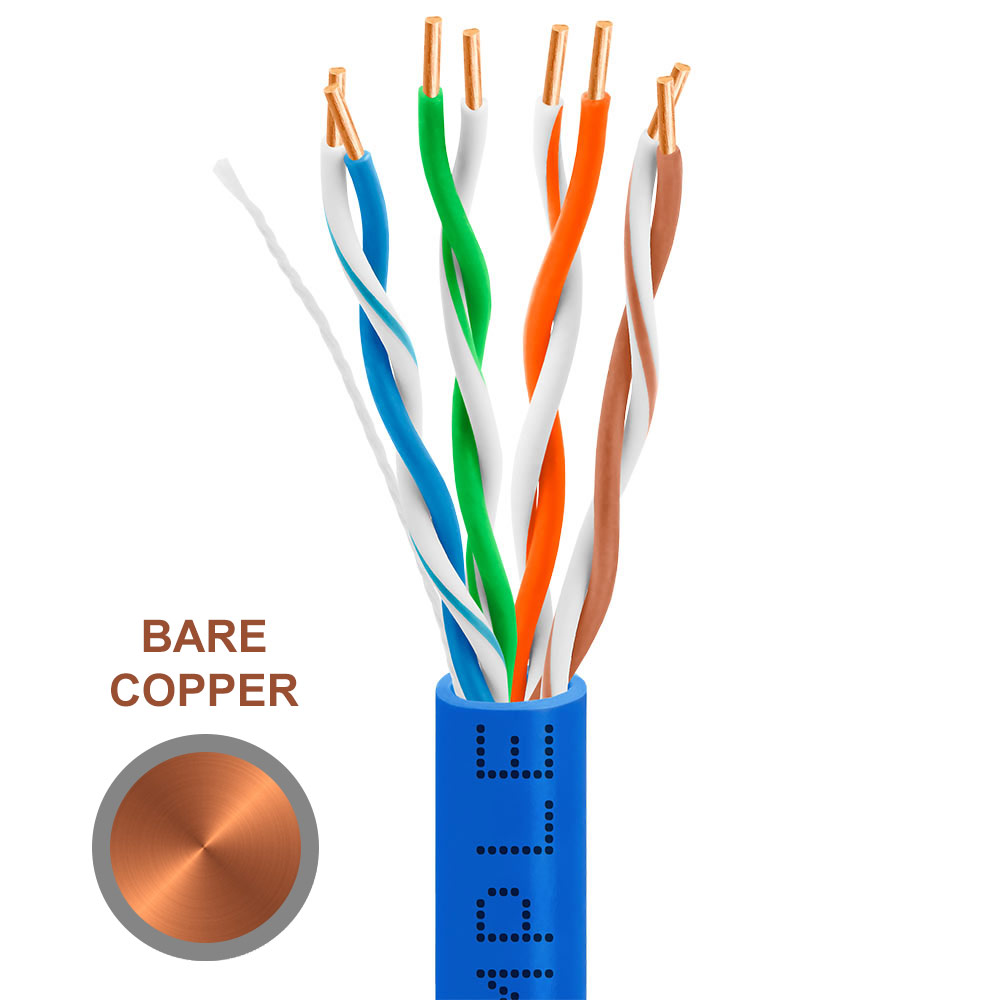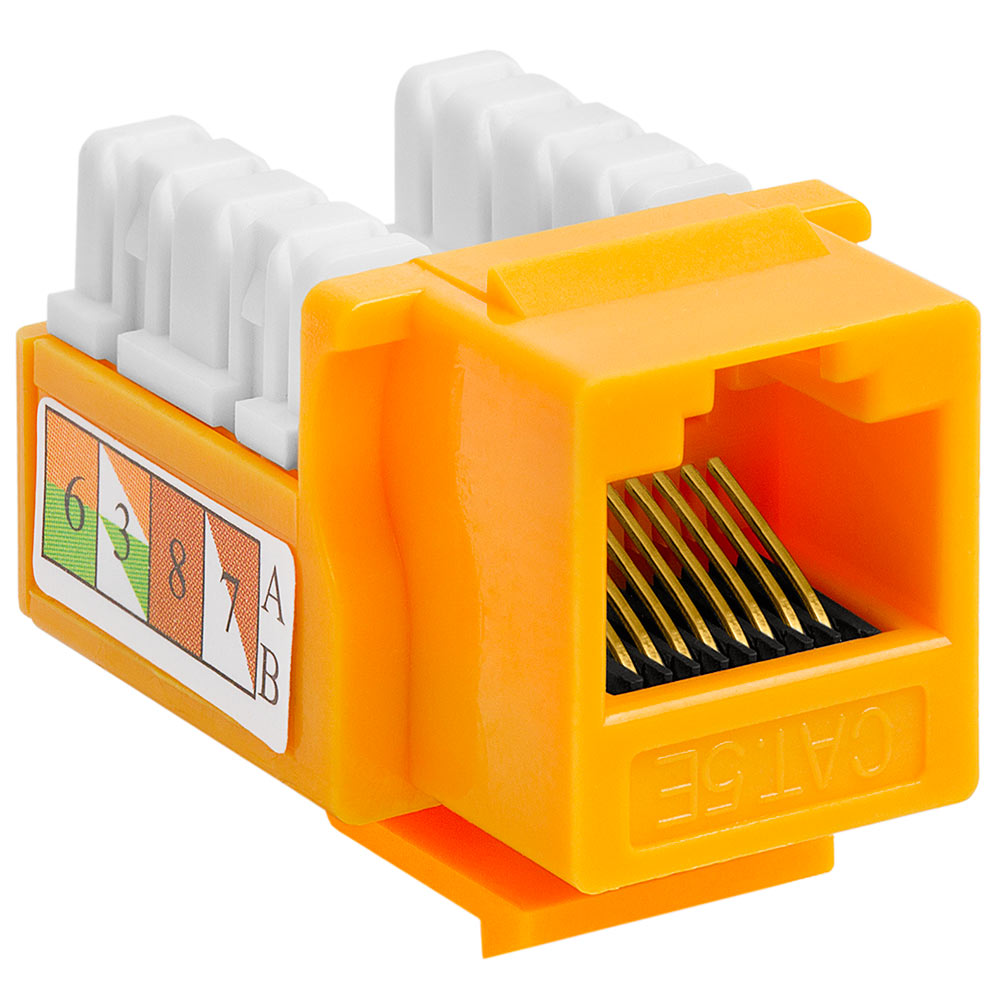Learn About Outdoor And Direct Burial Ethernet Cables
Most modern homes depend extensively on outdoor and buried cables. Even if you still have old-fashioned power, cable and phone wires running into your house from a nearby pole, you can rest assured that buried supply cables are being used somewhere along the line. The reliability of those connections proves that just about any wiring can be run outdoors or underground – good news for those who need outdoor Ethernet installations.
The rapid growth of the Internet has created a huge number of possible uses for outdoor connectivity, from security systems to backyard entertainment hubs. Some businesses and even homeowners may also need to extend their network between buildings. Many of these purposes aren’t best accomplished by a wireless network, so outdoors and direct burial Ethernet cables are often the best way to go. That involves more work than just hooking up to an existing wireless network, but it creates long-lasting and trustworthy Internet connections that won’t be affected by even the worst weather conditions.
What Makes Outdoors and Direct Burial Cables Different?
You’re probably familiar with standard indoor Ethernet cable, which is normally covered by a sturdy PVC (polyvinyl chloride) jacket. It’s perfect for its intended purpose but is a bad choice for outdoors runs, because PVC can become brittle and degrade when subjected to the elements and the sun’s UV rays.
Cables designed for outdoor use and for direct burial are waterproof, and built to withstand prolonged exposure to cold weather. Outdoor cables either have special UV-resistant PVC jackets which can handle temperatures down to -20°, or UV-resistant polyethylene (PE) jackets made from a thermoplastic which will hold up in temperatures as low as -40°. Direct burial cables (those meant to be laid under the ground without the use of a protective metal or plastic conduit) are usually constructed with PE jackets, although some have a jacket made from thermoset material which protects well in extremely high temperatures.
In most cases, outdoor Ethernet cables are manufactured in exactly the same way as indoor cables except for their stronger waterproof jackets; they’re not suitable for underground use unless they’re inside a conduit. Direct burial cables, however, are more likely to eventually be compromised in wet underground soil. That’s why they are designed differently than standard Ethernet cables, with additional internal protection. Three methods are commonly used:
- Waterproof tape: The tape is wrapped around the conductors in the cables, giving them an extra layer of protection against moisture.
- Waterproof gel: Gel is inserted into the cable where it oozes throughout the construction, filling all of the cracks and holes while coating the inside conductors.
- PET tape: A waterproof tape similar to polyester (polyethylene terephthalate film) is wrapped around the conductors, and another layer of mylar tape is added above the PET tape to add shielding. This construction is normally used for shielded Ethernet cable, while the waterproof tape and gel methods are used with unshielded cable.
You can also find direct burial cables with added protection features like stiff interior splines to prevent accidental crushing, or armor that will stop underground rodents or other pests from biting into the cables. The best protection, of course, would be to run these cables inside of conduits – although that would eliminate the convenience of using direct burial cabling, and it’s not unusual for conduits to fill with water and create an entirely new set of potential problems.
Installing Outdoors and Direct Burial Ethernet Cables
Installing outdoor Ethernet cable is a pretty straightforward task as long as you’re using the proper cabling. The only caution is that you should also add surge/lightning protectors at each end since Ethernet cable is well-known to attract lightning strikes; that’s actually required by code in many areas.
You’ve probably guessed that installing direct burial cable is more complicated. The first step is to make sure that you won’t be hitting any utility wires or pipes when digging your trench; contacting local authorities or utility companies would be a smart idea. You should also be certain to keep your Ethernet cable at least 6-8 inches away from power lines (to avoid interference) and at the same depth underground. Once again, surge/lightning protectors are important and may be required by code.
Thankfully, most code requirements dealing with underground cable are concerned with electrical cable and not specifically Ethernet cable. However, some inspectors may interpret the NEC’s Article 820 (12” minimum depth for bare cable) as applying to Ethernet, so it’s best to ask before digging. Some locations will also require a permit to do the digging.
You will find outdoors and direct burial Ethernet cables available for Cat5e, Cat6 and Cat6a applications, in a wide variety of lengths from 50-300 feet and also in bulk spools or boxes up to 2000 feet in length. Be aware, however, that you may notice significant signal degradation over 300 feet unless you use a signal booster. The conductors are usually either 24AWG or 26AWG. One other note: if you’re using bulk direct burial cable and creating the terminations yourself, the best idea for maximum flexibility is to terminate them in a waterproof punch down jack.
Prices for outdoors and direct burial Ethernet cables are quite a bit higher than standard Ethernet cabling, often on a par with higher-level cabling such as Plenum-rated Ethernet cable. Expect to pay a little more for outdoor cable, and you may end up finding prices as much as 50-100% higher for direct burial cabling due to the extra construction work and materials required to manufacture it.
Uses for Outdoor and Direct Burial Cabling
We’ve briefly touched on a few reasons that you could want – or need – outdoor Ethernet installations. Homeowners might want to install permanent audio/video systems in their backyard or at their pool, wire their garage or separate getaway building, or even set up an outdoor office to be used on beautiful days. Businesses might need to provide Internet access to a satellite building. Either might be installing security cameras or entry systems which depend on wired security connectivity.
In all of these cases, outdoor or direct burial Ethernet cables fit the bill perfectly, and barring an extremely unusual disaster, they should never need replacement.







